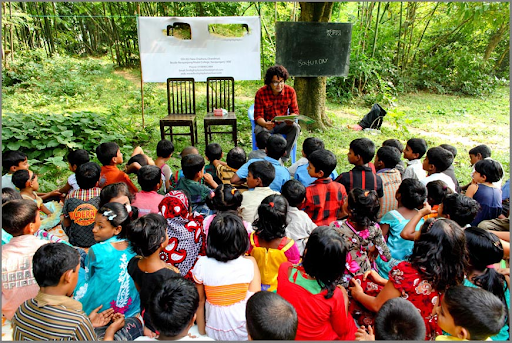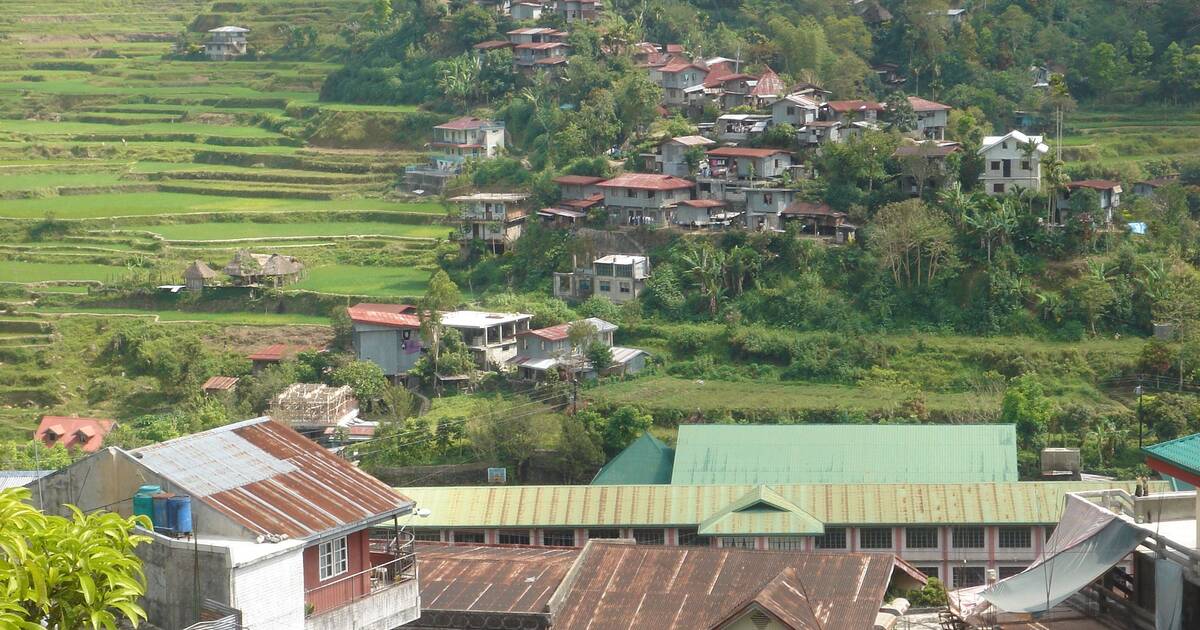Heritage tourism is crucial in the Philippines for economic growth, job creation, cultural preservation, educational enrichment, and sustainable community development.

Significance of Cultural Heritage
The cultural heritage of the Philippines holds immense significance not just for its aesthetic and historical value, but also for its role in shaping the nation’s identity. Here are some of the key aspects:
Unique Filipino Traditions
Filipino traditions are a blend of indigenous, Spanish, and American influences, creating a rich tapestry that is uniquely Filipino. Examples include:
- Festivals: Festivals like Sinulog and Ati-Atihan are world-renowned, attracting tourists from all over the globe. These festivals showcase intricate dances, vibrant costumes, and a communal spirit that embodies Filipino culture.
- Cuisine: Filipino food like Adobo and Sinigang are more than just meals. They are cultural experiences that speak volumes about the regional diversity and historical influences that shaped the Philippines.
- Traditional Crafts: Whether it’s weaving patterns from the Ifugao region or the art of “Balangay” boat building, Filipino crafts tell a story of ingenuity and craftsmanship passed down through generations.
Indigenous Practices and Heritage Sites
The Philippines is home to numerous indigenous communities that contribute significantly to the nation’s rich cultural heritage.
- Tattooing Practices: The traditional tattooing methods of the Kalinga community are a form of artistry and a rite of passage, shedding light on societal values and beliefs.
- Heritage Sites: Places like the Rice Terraces of the Philippine Cordilleras are not just breathtaking vistas but also living museums. They provide insight into ancient agricultural practices and community living.
- Spiritual Beliefs: Indigenous spiritual practices, like the Anito worship, offer an alternative lens through which to understand Filipino spirituality, beyond the predominant Catholicism.
Economic Importance
The economic importance of heritage tourism in the Philippines cannot be overstated. Here’s why:
Contribution to GDP
- Tourism Revenue: Heritage tourism is a significant contributor to the nation’s Gross Domestic Product (GDP). Cities like Vigan and heritage sites like Corregidor Island generate substantial income through entry fees, guided tours, and local businesses catering to tourists.
- Global Standing: Heritage sites often make it to international rankings and travel awards, bringing prestige and subsequent financial benefits to the Philippines.
- Secondary Businesses: The tourism influx also spurs other sectors like hospitality, food and beverage, and retail, leading to a multiplier effect on the local economy.
Employment Generation
- Direct Employment: Heritage tourism creates job opportunities for local guides, artisans, and service staff in hotels and restaurants.
- Indirect Employment: Tourism drives demand for local produce, crafts, and services, thus creating jobs in related industries.
Educational Value
Heritage tourism serves as an educational tool for both locals and tourists. Here’s how:
Awareness and Understanding of Cultural History
- Living History: Visiting heritage sites like Intramuros offers a living history lesson, allowing people to experience architectural, social, and political facets of Filipino history firsthand.
- Information Dissemination: Information boards, guided tours, and interactive exhibits at heritage sites provide detailed insights into Filipino culture and history.
Role in Formal and Informal Education
- School Trips: Educational institutions often arrange visits to heritage sites as part of their curriculum to supplement classroom learning.
- Community Workshops: Local governments and non-profit organizations often conduct workshops and educational programs focused on traditional crafts, dances, and other cultural aspects, offering both formal and informal educational benefits.

Social Implications
The social benefits of heritage tourism in the Philippines extend beyond mere visitor enjoyment. Here are the critical areas where this form of tourism makes a difference:
Community Building
- Local Engagement: Heritage tourism often involves the local community in planning and operation, ensuring that they feel ownership and pride in their heritage.
- Shared Stories: Local communities get an opportunity to share their stories, history, and traditions with the world, fostering a sense of belonging and identity.
- International Connections: As tourists from around the globe visit these sites, it promotes cross-cultural understanding and friendships, enriching the social fabric of the community.
Preservation of Traditions
- Financial Incentives: Tourism revenue can be invested back into the community for the maintenance of cultural sites and traditions.
- Documenting Heritage: The increased focus on heritage sites often leads to better documentation and research into local traditions, languages, and crafts, ensuring their preservation for future generations.
- Revival of Arts: As tourists show interest, traditional crafts and practices that may have been fading away get new life and attention.
Environmental Considerations
The environmental impact of heritage tourism is a subject of concern but also offers several avenues for sustainable development.

Eco-friendly Heritage Tourism
- Sustainable Practices: Many heritage sites in the Philippines are adopting eco-friendly measures like waste management, energy-efficient infrastructures, and guided tours that minimize environmental impact.
- Education: These eco-friendly initiatives are often accompanied by educational materials that inform visitors about the importance of environmental conservation.
Challenges and Solutions
- Footprint Concerns: Popular sites may suffer from overtourism, leading to degradation. Controlled access and visitation schedules can mitigate this.
- Adaptive Reuse: Instead of constructing new buildings and structures, adaptive reuse of historical buildings for modern purposes can be both environmentally responsible and culturally enriching.